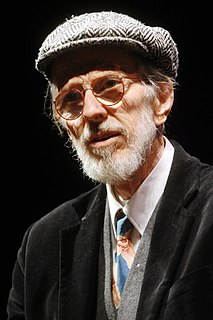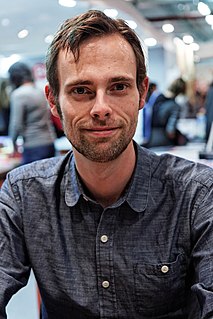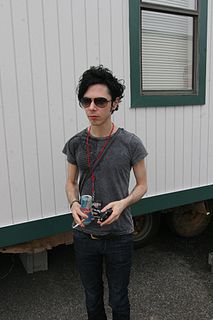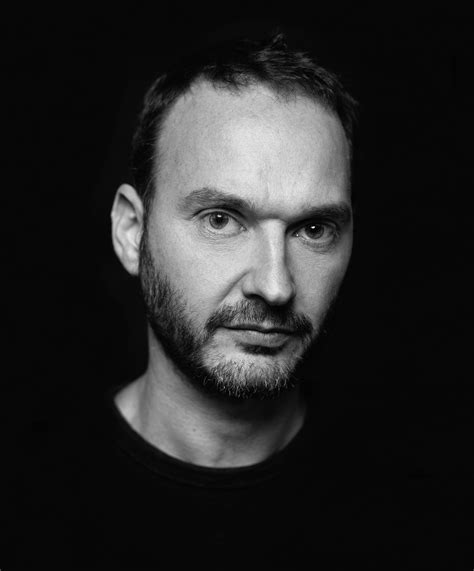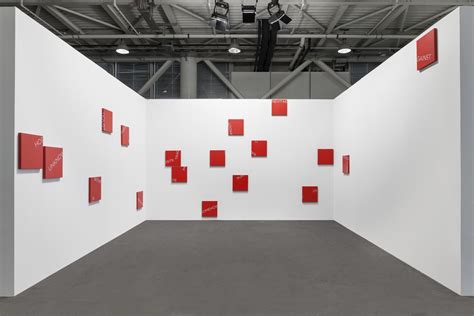A Quote by Robert Crumb
I use photos a lot for drawing people and personalities, but they're almost never photos that I've taken.
Related Quotes
I've never really been interested in the vintage photos people pay lots of money for -- civil war tintypes or old daguerrotypes of famous people. Nor do I have any interest in the really gross, dark stuff that some people pay top-dollar, like post-mortem photos of babies (yuck) or press photos of old murder scenes or whatever. I collect in these little niches most other people don't care about -- dark-and-weird-but-fun -- and photos that have been written on, which a lot of sellers think hurts their value. All of which is good news for me!
Some of my favorite photos from the old days are of people who maybe didn't know how to smile. Maybe smiling in photos wasn't an accepted form of behavior back then. But the big eyes and the oversized dolls that people are carrying, and it's something about their hair - the anachronisms of these photos are really what creep me out.
Learning that aesthetic as a kid - seeing those photos - made me think that that's what photos are supposed to look like. I never understood snapshots. I was looking at them like, "This is horrible; that's not what a picture is supposed to look like." I was taught by these photos. So when I picked up the camera, though I had never done it before, I kind of already knew what I was doing.
There are a lot of things that got me into working with photos. The main thing is that I saw both what was being said and not being said with photos in the newspapers... I found out how you can fool people with photos, really fool them... You can lie and tell the truth by putting the wrong title or wrong captions under them, and that's roughly what was being done.
Show us 14 photos of yourself and we can identify who you are. You think you don't have 14 photos of yourself on the internet? You've got Facebook photos. People will find it's very useful to have devices that remember what you want to do, because you forgot... But society isn't ready for questions that will be raised as a result of user-generated content.
Photos should focus on your waist up, unless you have amazing legs. Then it's okay to include one or two full-body shots in your gallery. The majority of your photos should be closer up, highlighting your face. Don't stage a smile. Instead, try to laugh just before the shot is taken. Flirty smiles that don't look cheesy also work. Make eye contact with the camera. Aim to take most of your photos outdoors.
The most striking feature of the new is the sheer mass. Photography was previously a mass phenomenon, but now, quantity is doubtless the outstanding quality. For a long time photos have been taken frequently and everywhere, but now photos are taken permanently and everywhere,... What is new is that we can watch them practically in real time.
